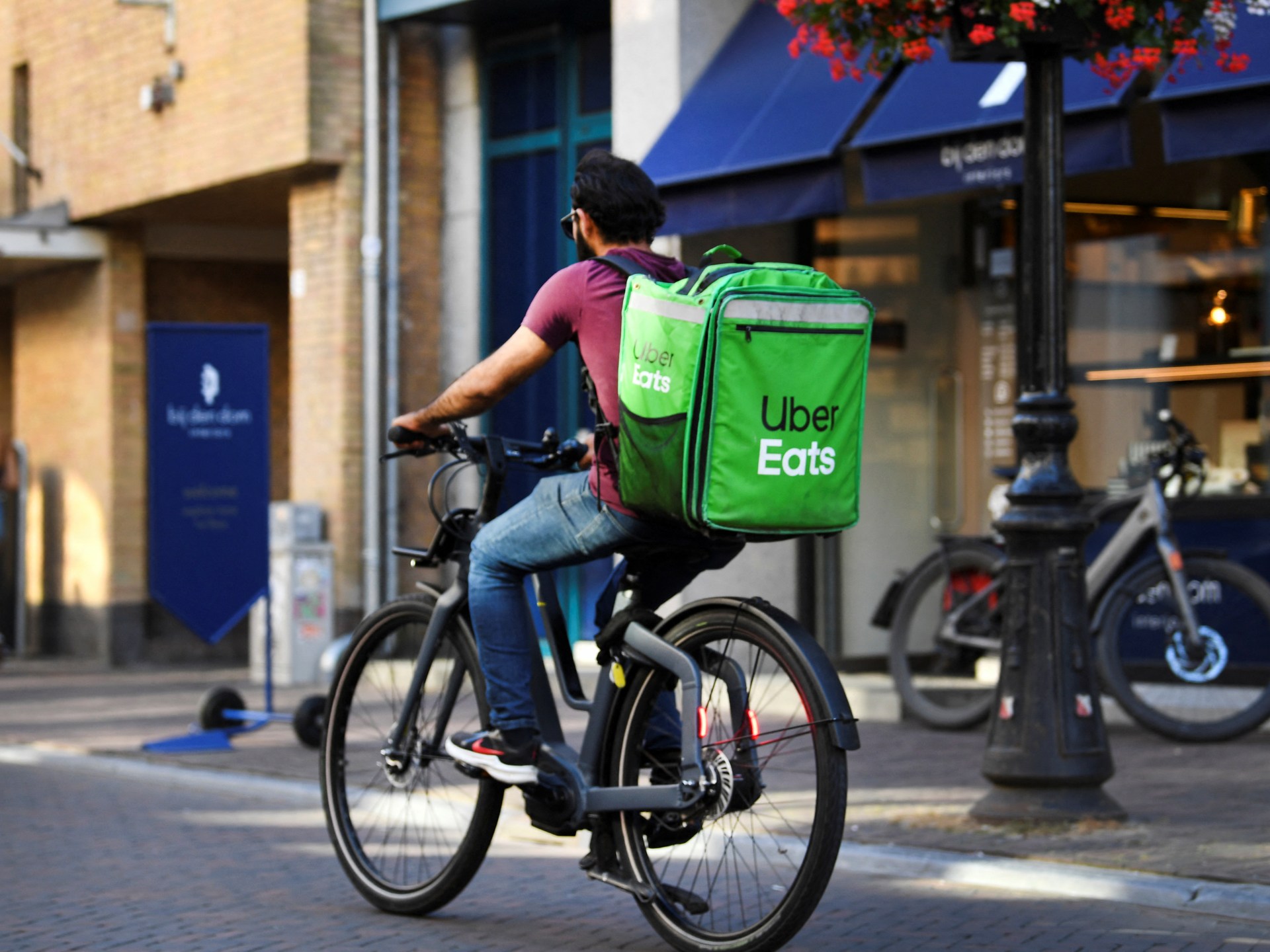As the holiday season approaches, many individuals are turning to side gigs to supplement their income and afford the expenses that come with this festive time of year. Aditya Sachdeva, a 27-year-old who works full-time at a digital marketing agency, is one of those individuals. In addition to his day job, Sachdeva also takes on data work projects as a side gig to earn extra money for his holiday expenses.
According to recent surveys, Sachdeva is not alone in his pursuit of side hustles during the holiday season. A survey by Sidehustles.com revealed that 78% of Americans are either already engaged in side hustles or planning to pick up extra work to cover their holiday expenses. Similarly, a study by Resumetemplates.com found that 70% of full-time employees are willing to take on additional work to afford the holidays, with freelance work, seasonal retail jobs, and gig opportunities being popular choices.
The demand for side gigs during the holiday season has been on the rise, with more people looking for opportunities to earn extra income. Ed Huang, co-founder of Sidehustles.com, noted that the demand for work during the holidays is significantly higher than at other times of the year, with a particular spike in interest after the COVID-19 pandemic. Freelance writing and gift wrapping are among the top side gigs that businesses are looking to hire for during this time.
For Sachdeva, side gigs have been a way to not only earn extra money but also to keep his skills sharp and stay financially flexible. While he takes a break from side projects during the summer months to enjoy outdoor activities and travel, he ramps up his workload in the winter to take advantage of the increased demand for his services. The extra income from side gigs helps him cover holiday expenses, such as gifts and travel, with the potential to earn $5,000 to $10,000 extra per month.
The motivations behind taking on side gigs vary, with many individuals citing the need to afford gifts, build emergency funds, pay off debt, or cover unexpected expenses. Despite the financial stress that the holidays can bring, side hustles provide a way for people to supplement their income and meet their financial goals. Popular side gig choices include delivery services, seasonal retail jobs, freelancing, ride-sharing, and pet or house-sitting.
As more people turn to side gigs to help pay for the holidays, it is essential to consider any restrictions that may exist in their current employment contracts. While some companies may limit employees from working elsewhere, freelance roles are often exempt from these restrictions as long as they do not compete with the primary employer’s business. By exploring the opportunities available in the gig economy, individuals like Sachdeva can navigate the holiday season with financial flexibility and peace of mind.




















